Published Jan 30, 2017
Starbases of The Federation: From K-7 to Yorktown
Starbases of The Federation: From K-7 to Yorktown
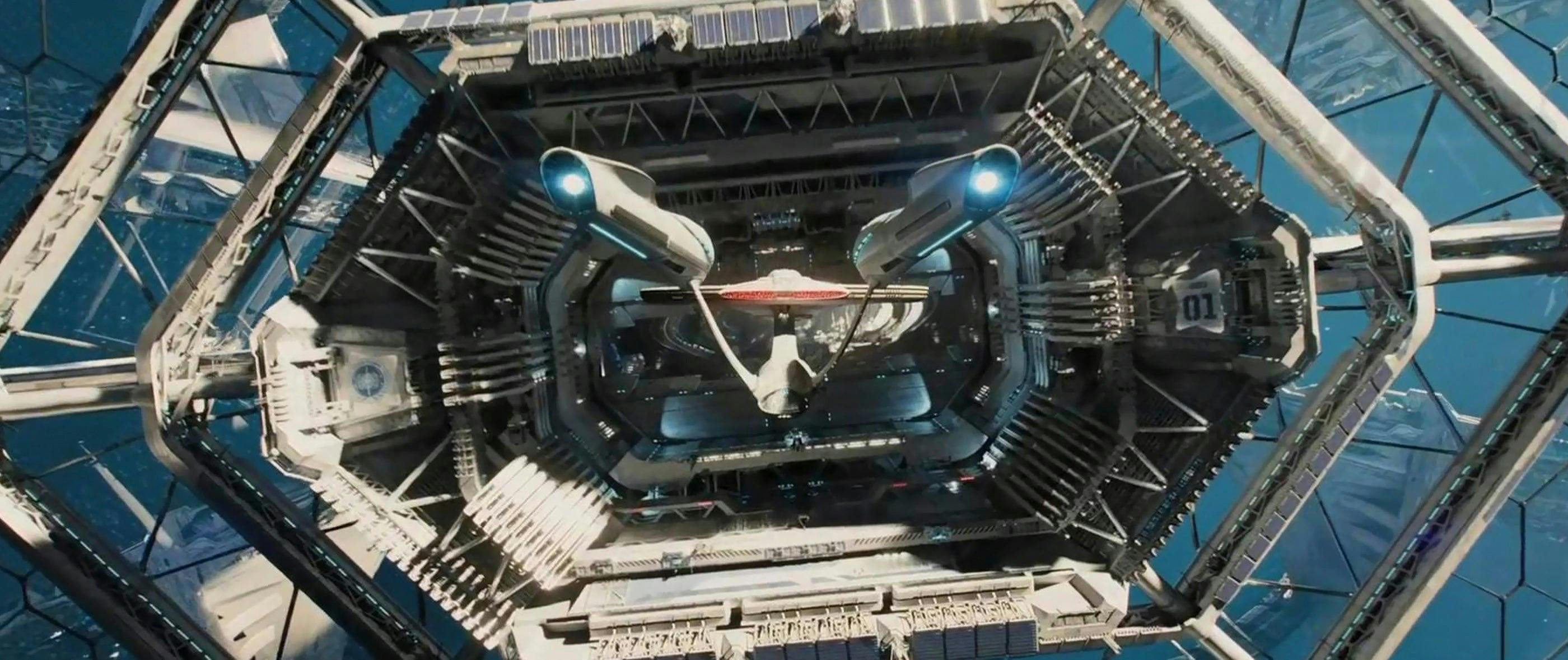
The United Federation of Planets relied on its massive fleet of iconic starships to seek out new worlds in the 23rd and 24th centuries, but its network of starbases and outposts proved just as valuable to the exploration of space and the protection of Federation citizens. Most space stations shared similar roles, such as maintaining the capability to repair starships, but the type and location of each outpost dictated its primary role. While many starbases also included ground-based elements, this piece will only focus on the spaceborne facilities.
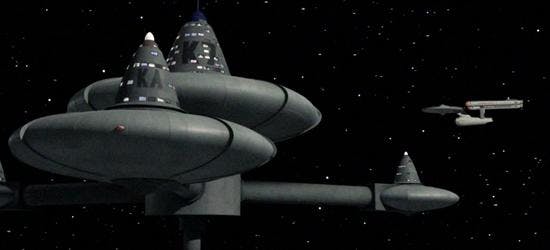
Deep Space Station K-7, introduced in the Star Trek: The Original Series episode "The Trouble with Tribbles," played a vital role in the Sherman's Planet region claimed by the Federation and Klingon Empire. Acting as Starfleet's presence in the area, K-7 also served the tactical purpose of observing the Klingon border and providing storage for the development of Sherman's Planet. As with most starbases, K-7 maintained facilities to entertain weary travelers, Federation officials and even Klingon warriors. The relatively small station still retained the ability to store significant quantities of quadrotriticale, the grain necessary to seed Sherman's Planet and secure the Federation's claim on the world. Thus, Deep Space Station K-7 performed multiple functions, ranging from protecting the border to asserting ownership over territorial gains.
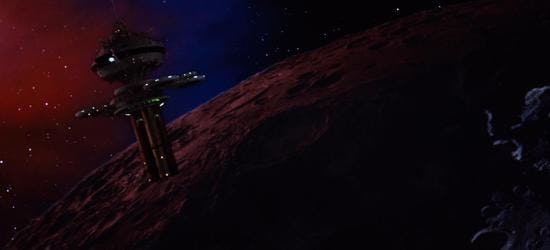
The Federation outpost Regula I worked toward a very specific goal in the Mutara sector during the events of Star Trek II: The Wrath of Khan. Operated by civilian scientists, the station was tasked with the advancement of the Genesis Project. Regula I's remote location proved a necessity, allowing for discrete and undisturbed research. Due to its classified mission, Regula I did not permit casual guests or publicly announce its true purpose, whereas other Federation starbases tended to do so. The outpost's small size probably meant it had limited starship repair capabilities, if any at all. The U.S.S. Reliant, attached to Regula I as a scout vessel, most likely traveled to other stations for its upkeep.
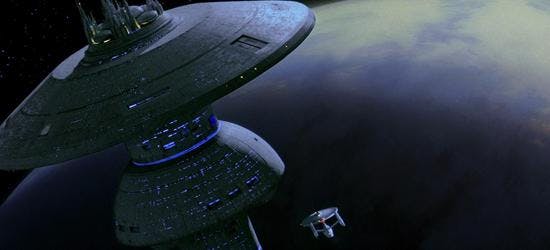
The massive form of Earth Spacedock easily eclipsed the various starships that docked in its berths and visited Sol III. The station launched new vessels, repaired others and decommissioned obsolete ones while maintaining a detachment of active starships ready to defend Sector 001. Although never canonically stated, Spacedock's size and strategic location seem to indicate its complement also included defensive weaponry for Earth's protection. In this sense, the starbase performed the role of securing a particular region of space, much like K-7. However, the Federation charged Spacedock with the fortifying its very heart rather than the edge of explored space. While the station's status as a shipbuilding facility remains unclear, the U.S.S. Excelsior did undergo tests and early transwarp trials at the starbase.
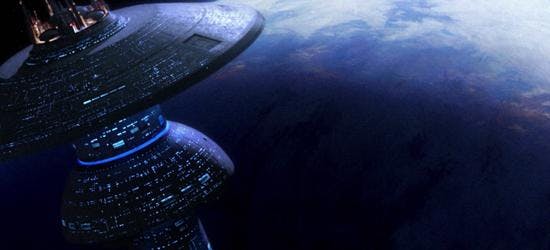
Stations similar in design to Earth Spacedock, such as Starbases 74, 84, 133, and Lya Station Alpha, appeared numerous times in Star Trek: The Next Generation. Why would Starfleet also construct these large outposts in seemingly innocuous systems rather than only near worlds central to the government? Ironically, the question most likely answers itself. As the regions where the stations were located tended to be away from major population centers, logic dictates that the starbases functioned as hubs for Federation activity in distant but strategically positioned areas. Sectors devoid of core planets require a place to repair starships, offer respite to weary crews, and fortify Starfleet's presence outside of prominent systems such as Vulcan, Andor, Sol, Tellar, Betazed and Trill.
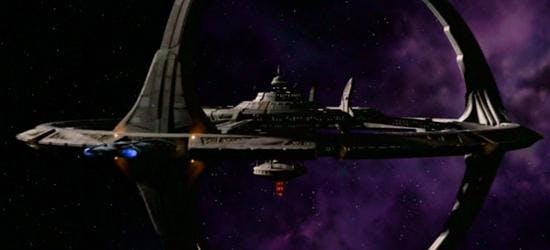
The renowned port of Deep Space 9 changed its mission, and its location, following the joint Federation-Bajoran takeover of the station. Originally known as Terok Nor, a Cardassian ore-processing plant and symbol of occupation, the starbase became the operational center overseeing the rebuilding of Bajor. DS9 soon gained an additional task when Commander Sisko and Lieutenant Dax discovered the stable wormhole to the Gamma Quadrant in the Denorios belt and moved the station close to the anomaly. Suddenly, the starbase found itself to be an important locale for trade and exploration, welcoming travelers from Qo'noS, Vulcan and beyond.
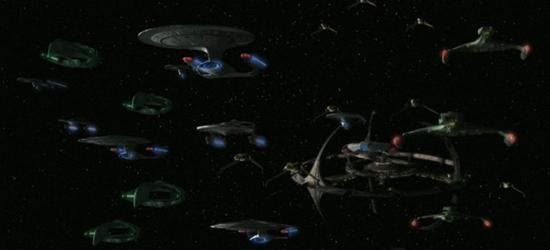
As the threat from the Dominion increased and a full-scale war erupted, Deep Space 9 earned a reputation for its vital part in guarding the wormhole and preventing reinforcements from entering the Alpha Quadrant. The starbase displayed versatility in taking on additional roles beyond its original mandate to watch over Bajor, also acting as a repair hub for Federation, Klingon and Romulan forces during the war. From refinery to strategic necessity, Deep Space 9 helped to shape the future of Bajor, the exploration of the Gamma Quadrant and the outcome of the Dominion War.
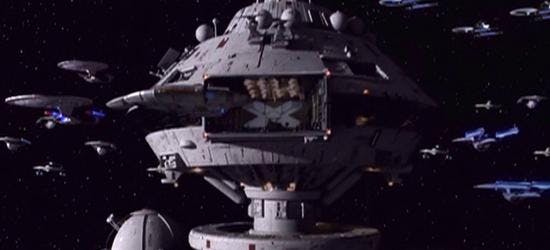
When Cardassian and Dominion forces reoccupied Terok Nor in the Star Trek: Deep Space Nine episode "Call to Arms," the Federation lost its primary foothold against its foes. Starbase 375's proximity to the combat zone made it the natural fallback position for Starfleet. Otherwise a typical Federation station, Starbase 375's location turned it into a key staging area for starship deployments and Operation Return, the mission to remove the Dominion's presence from Deep Space 9. The progression of the war shifted the purpose of Starbase 375 to an unexpected trajectory, again displaying the adaptability required for Federation stations to operate at maximum efficiency.
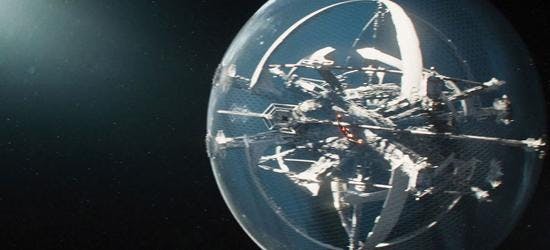
A highlight of the film Star Trek Beyond, Starbase Yorktown proved to be a visually stunning marvel of technology. Easily the largest Starfleet facility ever depicted, the intricate structure houses millions of inhabitants and serves every duty imaginable. Located near uncharted space and the Necro Cloud nebula, Starbase Yorktown resupplies vessels, conducts repairs, builds new starships, acts as a home for crews and their families, dispatches missions of exploration, flies the Federation flag in the region and maintains defensive armaments. With its sprawling arms covered in cityscapes, interior tunnels funneling starships to their births and awe-inspiring transparent exterior, Yorktown represents the peak of Starfleet engineering. In addition to its variety of practical uses, Starbase Yorktown also helps the Federation avoid diplomatic incidents between new members by being positioned in interstellar space, rather than on the surface of a particular planet.
Without a reliable system of starbases, Federation vessels would not be able to function in deep space for extended periods of time. Starships receive most of the glory, but these stations offer safe harbors and defensible locales upon which the fleet relies. Whether orbiting Earth, overlooking the Bajoran wormhole, or sitting on the edge of the frontier, starbases ensure that crews always have a home away from home to visit.
Jay Stobie is a science fiction writer who admits he has a perfectly normal obsession with Star Trek. He can be found on Twitter at @CaptStobie.

